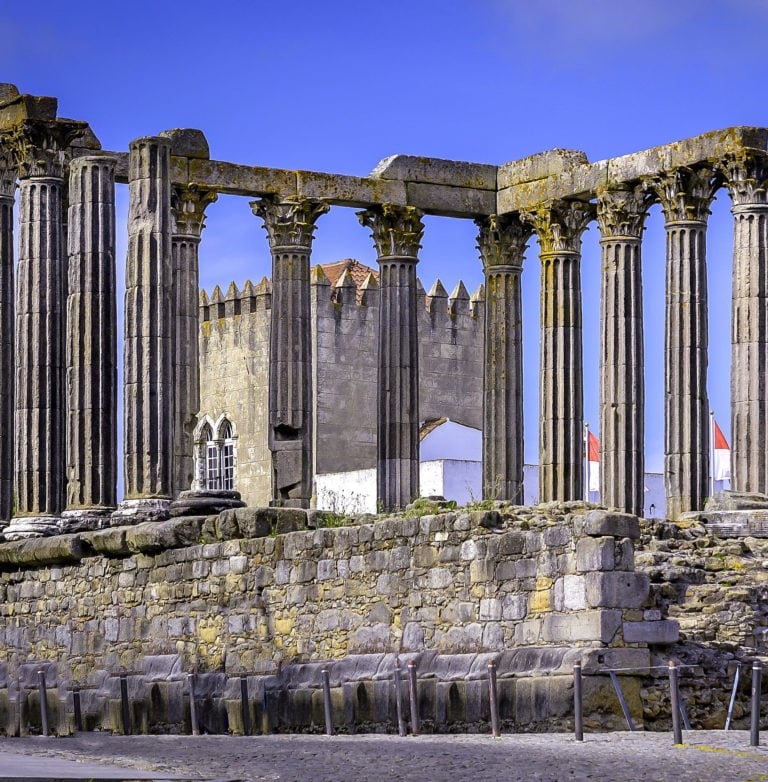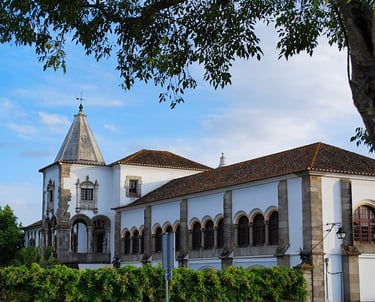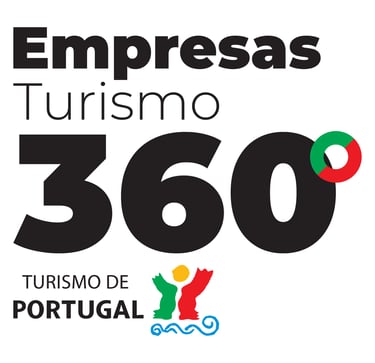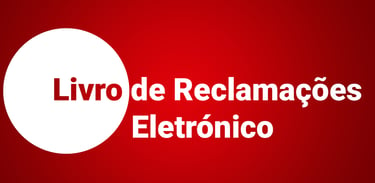Exclusive Farmhouse in Évora
Unique Multisector Investment Opportunity. Investment: €1,850,000. Farm with 5.6 ha located near the entrance to Évora, the future hospital (already under construction), and the city center. Main house with 918 m² Bedrooms: 13 Living rooms: 3 Bathrooms: 8 918 m² 3 Floorss
Sérgio Cunha
10/22/2025
Discover this magnificent farm located in the Évora region, one of the most charming destinations in Alentejo, where tradition, nature, and growth potential come together. With a generous area and excellent location, this property offers a rare opportunity for visionary investors.
🌿 Tourism Potential Transform this farm into a charming retreat, ideal for rural tourism, eco-resorts, or local accommodation. The tranquility of the Alentejo countryside, combined with the proximity to Évora—a UNESCO World Heritage city—creates the perfect setting for authentic and memorable experiences.
🏗️ Real Estate Project The size and configuration of the property allow for the development of residential or mixed-use developments, with space for villas, private condominiums, or senior residences. The growing demand for quality housing in the region makes this investment highly promising.
🏥 Healthcare Project The farm is also ideal for the installation of clinics, rehabilitation centers, or integrated healthcare units, benefiting from a serene and healthy environment, perfect for medical care and well-being.
📍 Strategic Location Located just a few minutes from the center of Évora, with good road access and nearby infrastructure, this property combines the tranquility of the countryside with urban convenience. Children's Play Areas, Bank, Countryside, City Center, Traditional Shops, School, Green Spaces, Pharmacy, Hypermarket, Hospital, Police Station, Gas Station, Historic Area, City View,
💼 Investment with Guaranteed Return Whatever your project—tourism, real estate, or healthcare—this farm offers the ideal foundation for building something lasting, profitable, and with a positive impact on the region.

Description
5.6-hectare farm located near the entrance to Évora, the future hospital (already under construction), and the city center.
The main house, with 918 m² of gross private area, is located in the center of the property and is spread over three floors, comprising:
On the ground floor there is a living room, a dining room, two kitchens, and a storage room.
On the first floor there are three bedrooms, a bathroom, an office, a living room, two suites with bathrooms, and a closet that could be converted into a bedroom.
In the attic there is a hall, five bedrooms, three bathrooms, and a kitchen.
The farm also has several rustic facilities, such as: Garages, storage rooms, stables, warehouses, chicken coops, barns, and granaries.
Property: Two property deeds, one urban with the main house of 918 m² divided into 3 floors with 306 m² each and one rustic with the land divided into crops of 56,750 m² and plot no. 5, which is the caretaker's house with 260 m².
• 11,178 m² of main house and caretaker's house.
• Solar orientation: North/South/East/West.
• Approximately 700 m² of buildings supporting agricultural activity.
• Farm perimeter: 1.8 km, about half of which is surrounded by a masonry wall.
• Two entrances via paved roads.
• Property without slopes.
Évora
Towns and Villages
Topped by an imposing cathedral, Évora is laid out over a gently sloping hill rising out of the huge Alentejo plain. It guards its historic centre with a vast outer wall and represents a valuable cultural legacy that UNESCO has classified World Heritage.
The city, with its narrow streets of Moorish origin contrasting with squares where the light floods in, holds two millennia of hsitory. Conquered in 59 B.C. by the Romans, they named it "Liberalitas Julia". In this period, Évora gained great importance as can be witnessed from the remains of that time: the ruins of a fine temple dated towards the end of the second century, various parts of the wall and the gateway more recently called Dona Isabel in addition to the remains of thermal baths below what is now the Municipal Council building.
Little remains of the Visigoth period (5th - 8th centuries). There then followed the Moorish period begun with the city's conquest by Tárique. This lasted through to Christian reconquest in the 12th century. Yeborah, as it became known, had already received an indelible Moorish influence, most clearly seen in the Mouraria neighbourhood.
After the Reconquest, in addition to between the inner and outer walls, urban development moved beyond the city's walls. The city was home to the court of various Portuguese kings of the first and second dynasties. During this period it was endowed with various palaces and monuments, particularly during the reigns of kings João II and Manuel (15th and 16th centuries).
Wander its streets and absorb the secret soul that a diverse range of cultural influences has laid down in this city of the World. There are also excellent restaurants and bars, esplanades, arts and handicraft stores and the youthful nature of those attending its university all adding up to a dynamic of the present with its roots very firmly in the past.






Sensorastral unipessoal lda
NIPC 515516740
Endereço. Apartado 44.
8950-121. Castro Marim. Portugal
Rua José Carlos Silva Reis Colaço, Nº 31. Pelame.
7800-565 Beja
Contacts
+351934826148 +351934826140
info@sensorastral.com




